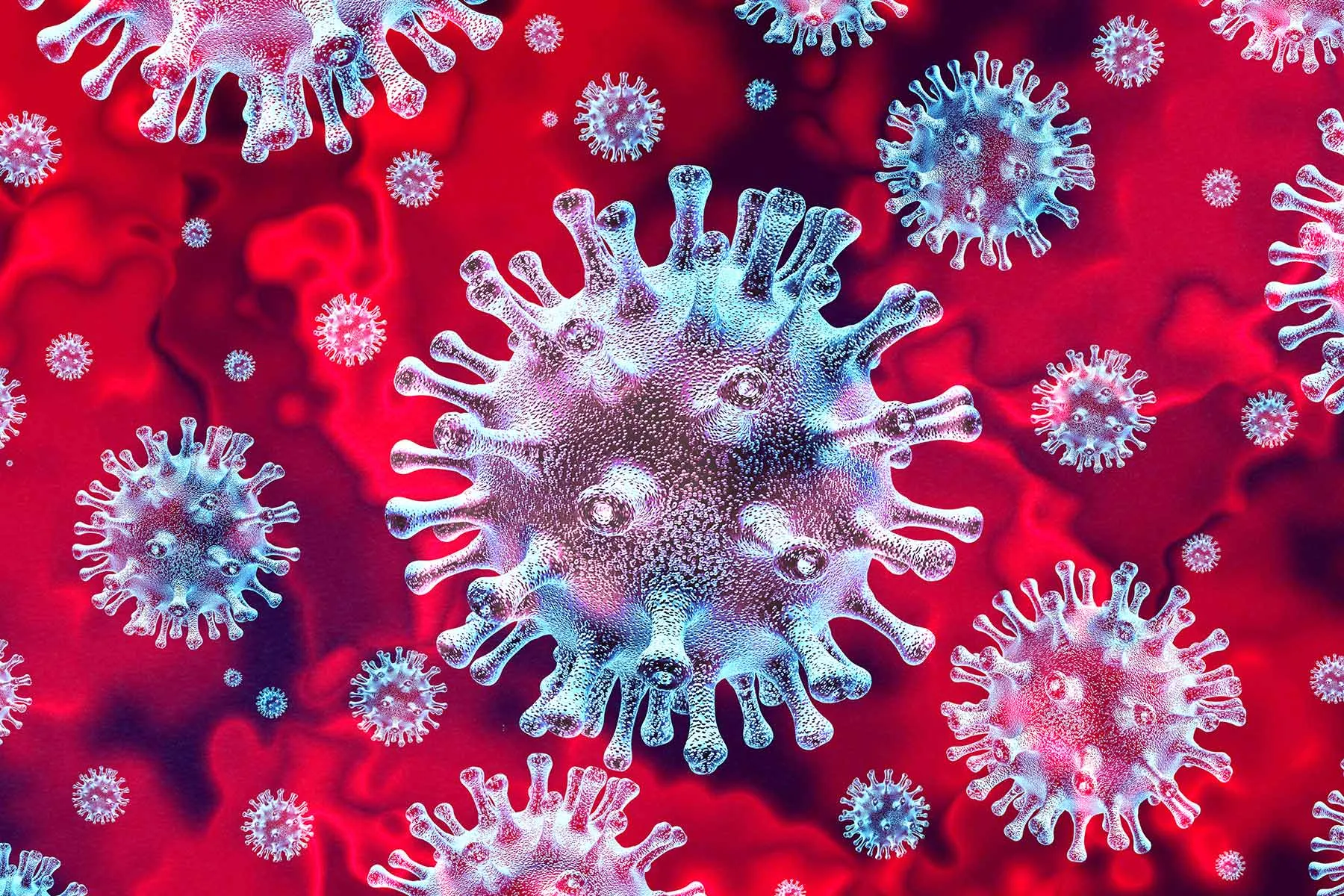Virology for Everyone
What is a virus?
And how can these microscopic organisms cause disease?

A virus is a submicroscopic infectious agent that replicates only inside the living cells of an organism. Viruses can infect all types of life forms, from animals and plants to microorganisms, including bacteria and archaea. When infected, a host cell is forced to rapidly produce thousands of identical copies of the original virus. When not inside an infected cell or in the process of infecting a cell, viruses exist in the form of independent particles, also known as 'virions'.
👉Click here to learn more about viruses!👈